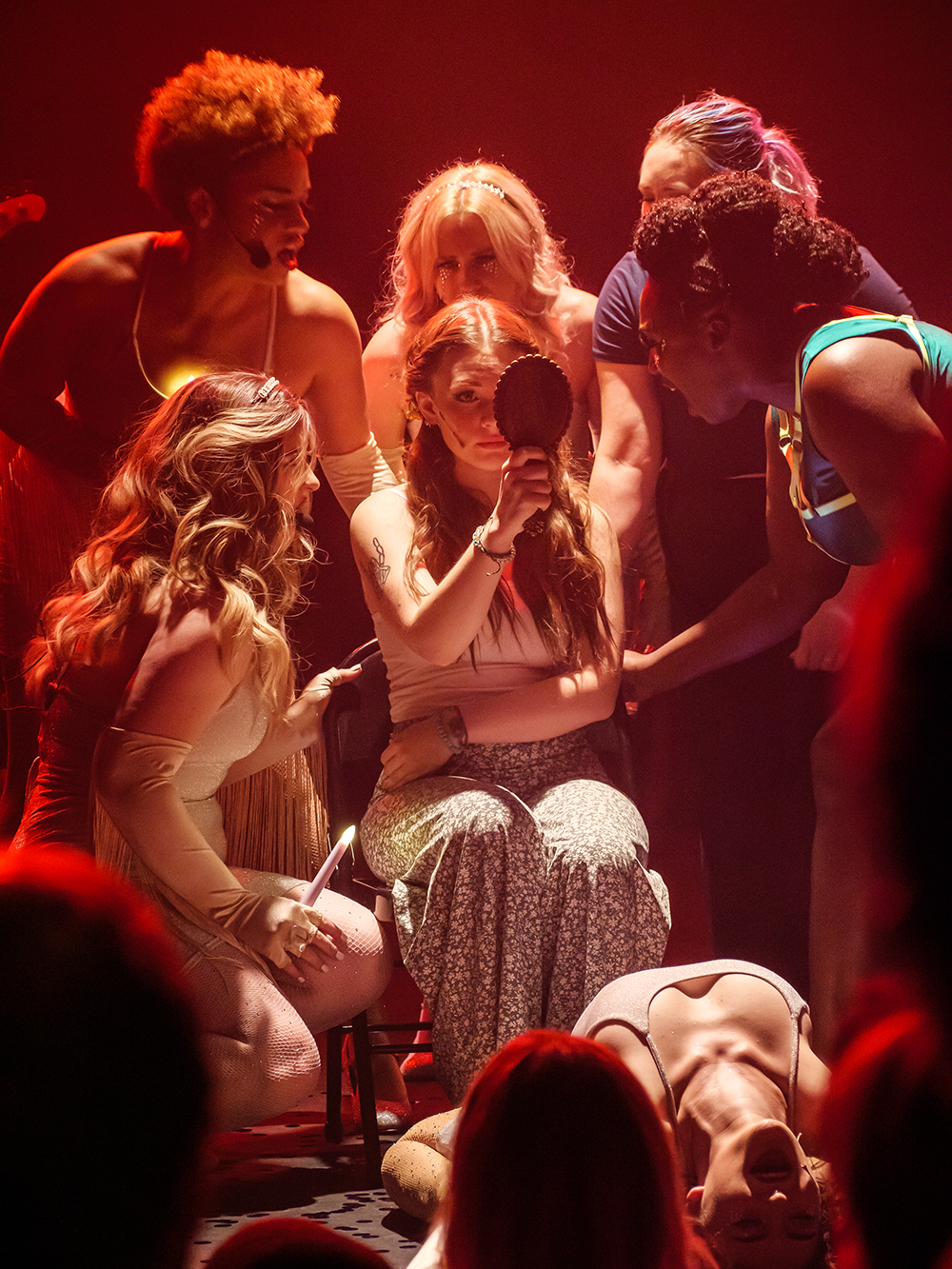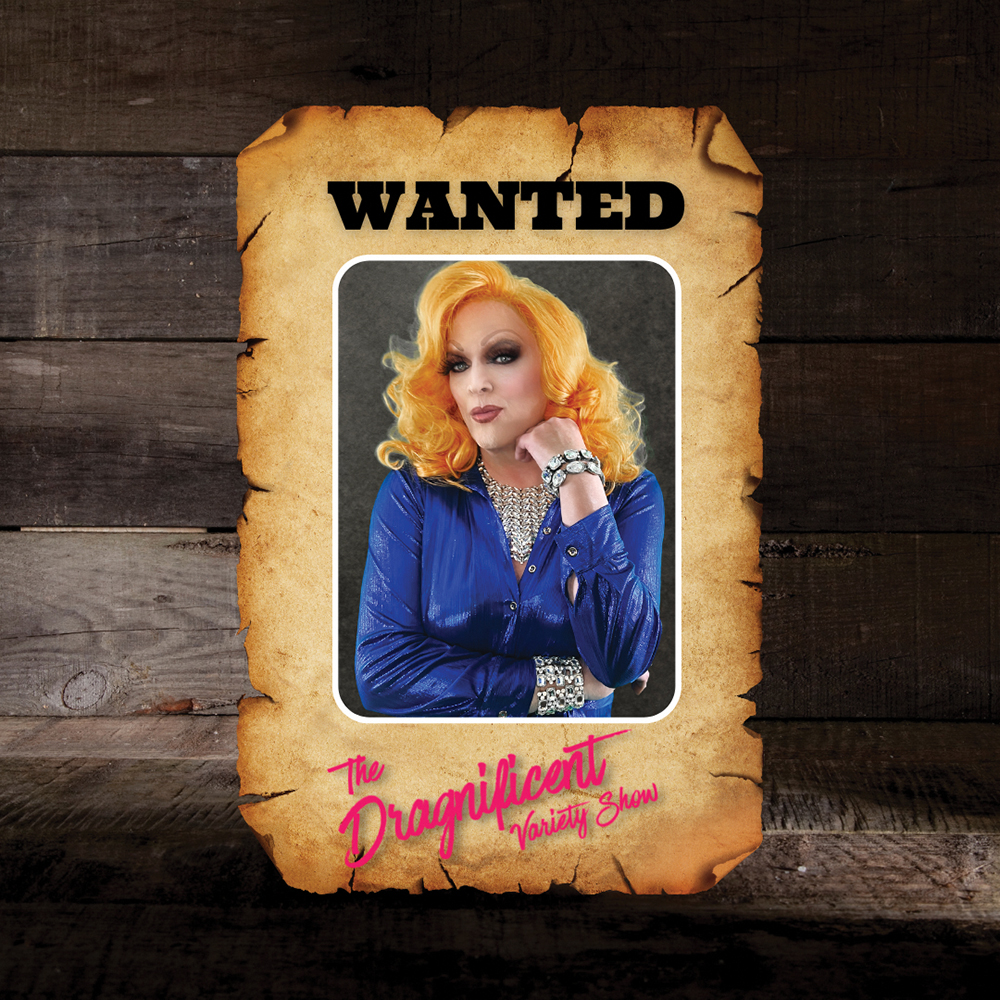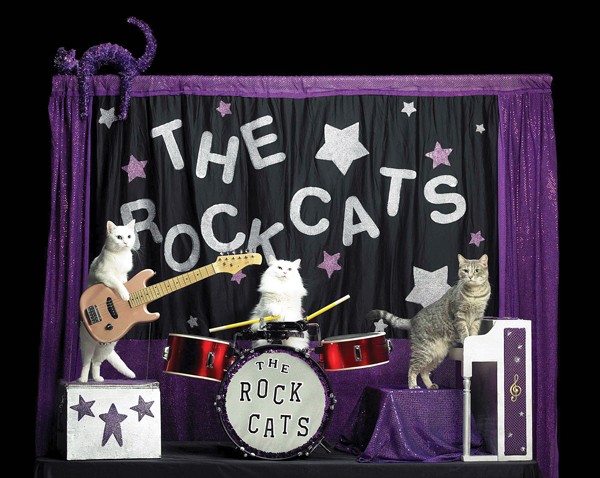Grief, as it often does, struck Emily Rooker with a need to create, to shape something from the remnants of love and loss left behind. At first, in 2017, this need brought her to songwriting as her Aunt Annie was in the hospital with acute liver failure. Soon after, Rooker helped care for her grandfather in his final stages of pancreatic cancer. “It was just a really difficult time,” she says, “and I was writing a lot about grief, not just around [physical] death but death of former versions of yourself and your life as things change.
“When people die there’s this profound sense of love that you didn’t get to give them — for me, at least, almost a sense of regret of things you didn’t say. So writing the songs was a way of expressing that and hoping that in some spiritual plane, those [songs] get to them.”
In total, over the course of the next year and a half, Rooker wrote 17 songs, which she later recorded after the pandemic with the help of her husband/band director Nate Smith and sound engineer Kenny Carlsen. “We were having a hard time figuring out what the genre was, and how we would tell people what it was,” she says. “It was conceptual, and we were inspired by dramatic theatrical music. A friend of mine was like, ‘It kind of reminds me of a rock opera.’ And I was like, ‘Oh my gosh, great idea.’” And thus began the next iteration of her project: The Long Goodbye: A Rock Opera.
In July of 2022, Rooker launched a Kickstarter for $15,000 to fund the show that would follow the narrative of her album. By September, with a cast and crew assembled from friends and friends of friends with various artistic practices from pole-dancing to acoustic guitar and synth, The Long Goodbye made its debut. “It was honestly just a kind of a chaotic scramble,” Rooker says. “Several members of the cast helped with the choreography or helped with makeup, so it was really a product of so many people working so hard to get it to come together. Not only were we rehearsing the numbers, we were creating the numbers.”

Within the performance of song, movement, and other visual elements, Rooker’s three selves — the Present Self, the Young Self, and the Wicked Self — reflect on their past and attempt to make sense of one another and the grief, loss, and change they face. Though the story is very much autobiographical, it carries universal themes, Rooker says, with audiences claiming a sense of catharsis after the show’s debut.
Even so, Rooker isn’t finished with the opera. “It’s this big body of work, and each time it evolves, it’s even better,” she says. “So I don’t think we’re quite at the end of what we can squeeze from this yet. Even this time around, now that we’re running rehearsals again, we’ve had time to like look more deeply at some of the characters and even wholly redoing some of the choreography, just making some revisions to make the show even tighter and even better.”
The Long Goodbye’s next performances will run Friday-Saturday, January 13th-14th, at 8 p.m. with a Sunday matinee at 2 p.m. More information and tickets can be found at emilyrooker.com. Rooker’s album of the same name is available for streaming.
The Long Goodbye: A Rock Opera, Evergreen Theatre, Friday-Sunday, January 13-15, $30-$40.


 Lost In Found
Lost In Found 


